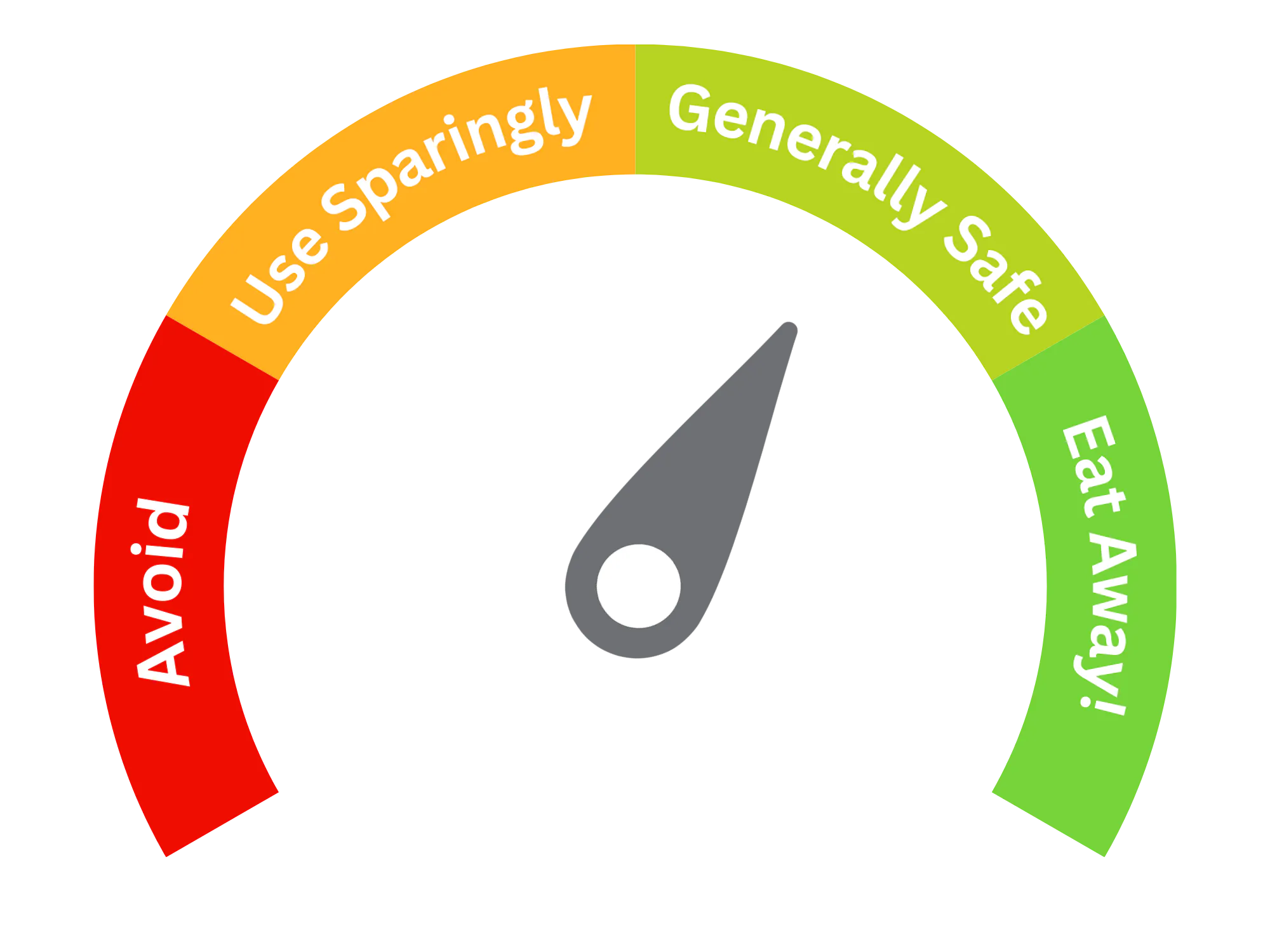Plain Caramel (E150a)
Purpose and Function
Plain Caramel (E150a) is a natural brown food colorant produced by heating carbohydrates, such as sugar, under controlled conditions. It is the simplest form of caramel coloring and is widely used in:
- Beverages: Commonly found in cola drinks, soft drinks, and alcoholic beverages (like whiskey and rum) for a rich brown color.
- Confectionery: Used in candies, chocolates, and caramel-based sweets to provide a brown hue.
- Baked goods: Employed in breads, cakes, and other baked products to enhance color.
- Dairy products: Found in flavored milk, ice creams, and dairy desserts for added color.
- Sauces and gravies: Used in soy sauce, barbecue sauces, and gravy mixes to achieve a dark brown color.
Unlike more complex caramel colorants (such as E150c and E150d), E150a contains no ammonium or sulfite compounds and is considered the least processed type of caramel coloring.
Potential Risks and Side Effects
Potential Risks and Adverse Effects
Plain Caramel (E150a) is considered generally safe for consumption, and it is one of the most widely used food colorants. However, a few considerations should be noted:
- No known toxic effects: Unlike other caramel colorants that contain ammonia or sulfite compounds, E150a does not pose risks associated with those additives, making it a relatively safe colorant.
- Caloric content: Since it is derived from sugar, Plain Caramel does contribute to the overall caloric content of foods and beverages, although typically in very small amounts.
- Minimal allergenic concerns: While allergies to caramel color are rare, individuals with sensitivities to processed sugars may want to monitor their intake.
Overall, Plain Caramel (E150a) is widely regarded as safe and is approved by regulatory bodies, including the European Union and the U.S. Food and Drug Administration (FDA).

